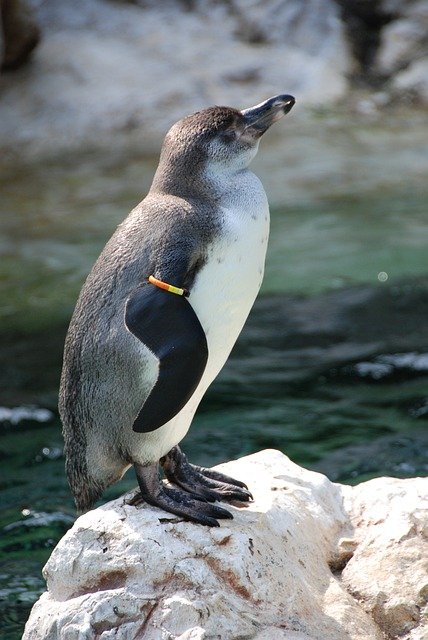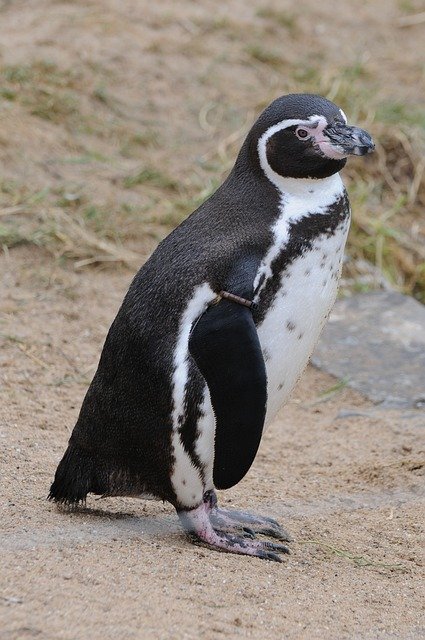**Topic: "The Fascinating Social Life of Penguins: Understanding Their Complex Social Structures and Interactions

The Fascinating Social Life of Penguins: Understanding Their Complex Social Structures and Interactions
Penguins are not just adorable flightless birds that waddle across icy landscapes; they are also remarkable social creatures with complex social structures and interactions. Understanding their social lives can provide insight into their behavior, survival strategies, and the challenges they face in the wild.
Social Structures of Penguins
1. Colonial Nesting
Most penguin species are highly social and tend to nest in large colonies. These colonies can range from a few hundred to several thousand individuals, depending on the species and environmental conditions. Nesting in large groups offers several advantages, including:
- Protection from Predators: The sheer number of individuals makes it difficult for predators to target a single bird.
- Thermoregulation: In harsh climates, huddling together helps penguins conserve heat.
- Foraging Efficiency: Penguins can share information about food sources, increasing the chances of successful foraging.
2. Pair Bonds
Penguins are known for their strong pair bonds, often forming long-term relationships with a single mate. These bonds are crucial for successful breeding, as both parents typically share the responsibilities of incubating eggs and feeding chicks.
- Courtship Displays: Penguins engage in various courtship behaviors, including vocalizations, synchronized swimming, and gift-giving (like presenting pebbles).
- Nesting Together: Once a pair has formed, they work together to build nests, often using stones or other materials to create a safe environment for their eggs.
Social Interactions
1. Communication
Penguins have a rich repertoire of vocalizations and body language that they use to communicate with one another.
- Vocal Calls: Each species has distinct calls that can help individuals identify their mates and chicks. These calls are particularly important in crowded colonies where visual identification may be challenging.
- Body Language: Displays such as bowing, flapping wings, and head movements convey various social signals, from aggression to courtship.
2. Social Hierarchies
Within penguin colonies, social hierarchies can emerge. Dominance and submission behaviors are observed, influencing access to food and mates.
- Aggressive Interactions: Penguins may engage in displays of aggression to establish dominance, particularly during the breeding season.
- Grooming and Bonding: Social grooming is common and serves to strengthen bonds between individuals, helping to maintain the social structure of the colony.
Challenges to Social Life
While penguins thrive in their social environments, they face numerous challenges that can disrupt their social structures:
- Climate Change: Altered ice patterns and temperature fluctuations can impact breeding and foraging, leading to stress within colonies.
- Human Impact: Fishing, pollution, and habitat destruction threaten penguin populations, affecting their ability to maintain social structures.
- Predation: Increased predation from land and sea animals can disrupt social interactions, forcing penguins to alter their behavior for survival.
Conclusion
The social life of penguins is a testament to the complexity of animal behavior and the importance of social structures in survival. By studying these fascinating creatures, we can gain a deeper understanding of their interactions and the ecological challenges they face. Protecting their habitats and ensuring their survival is essential not just for penguins but for the health of our planet's ecosystems as a whole.
Feel free to share your thoughts or experiences with penguins in the comments below! 🐧
